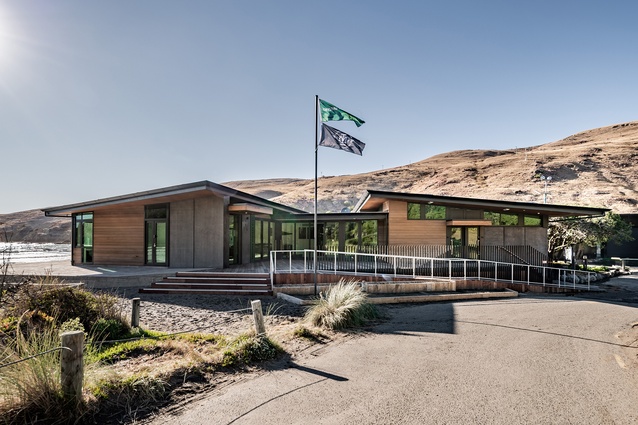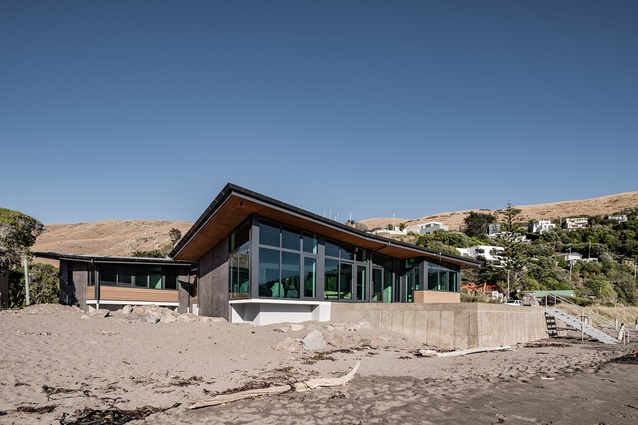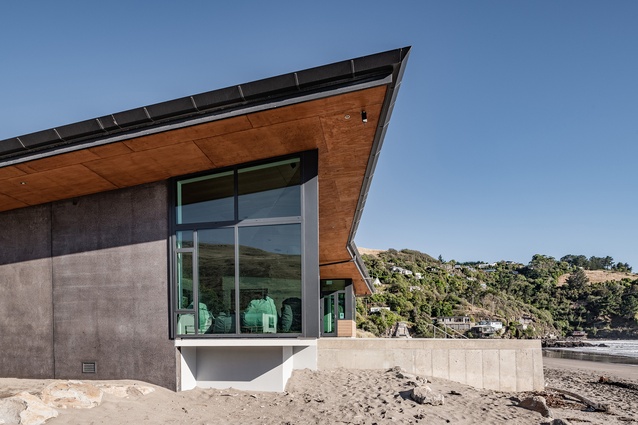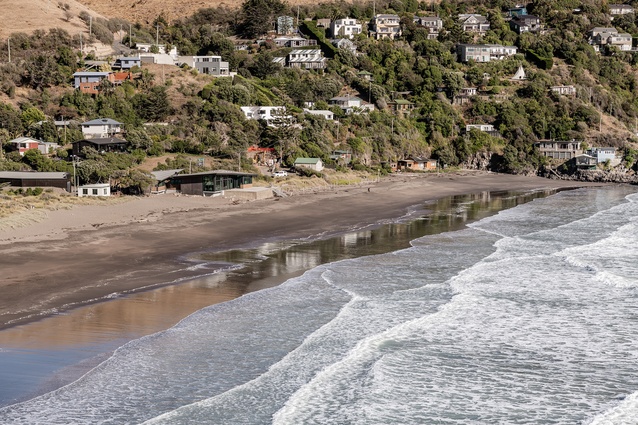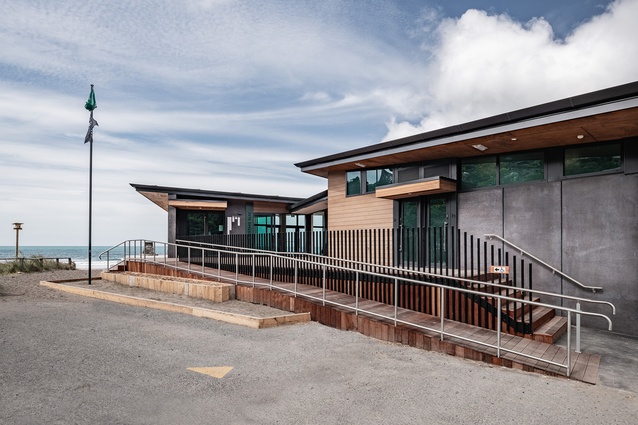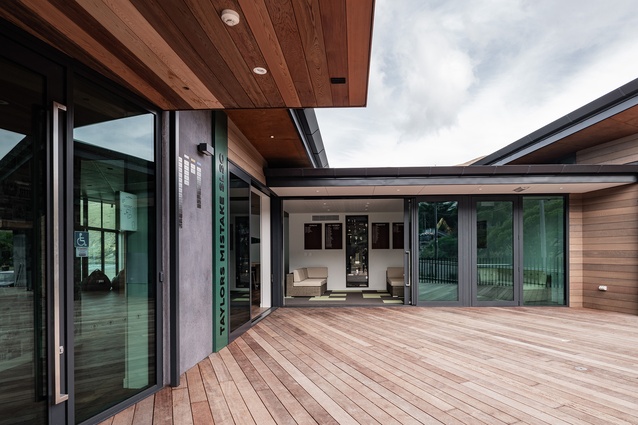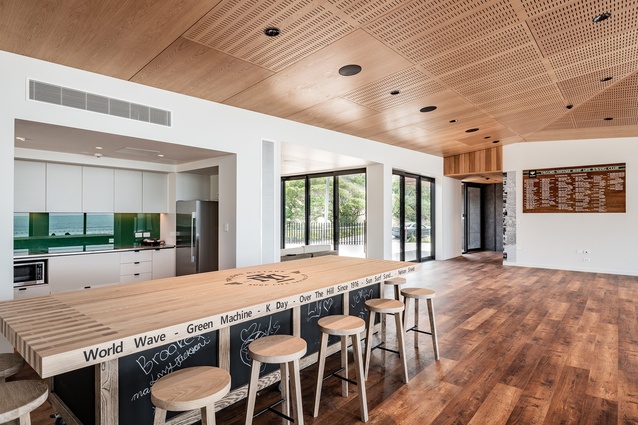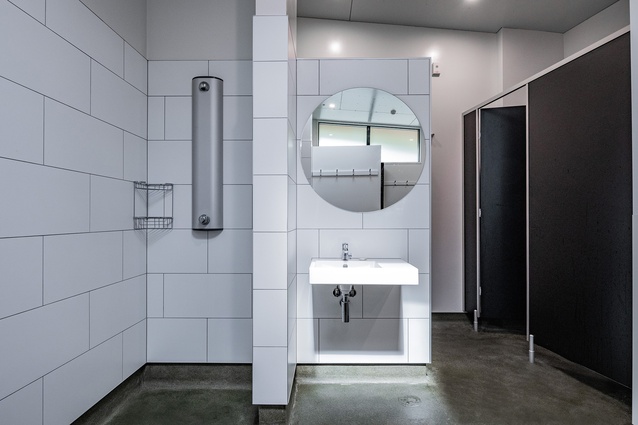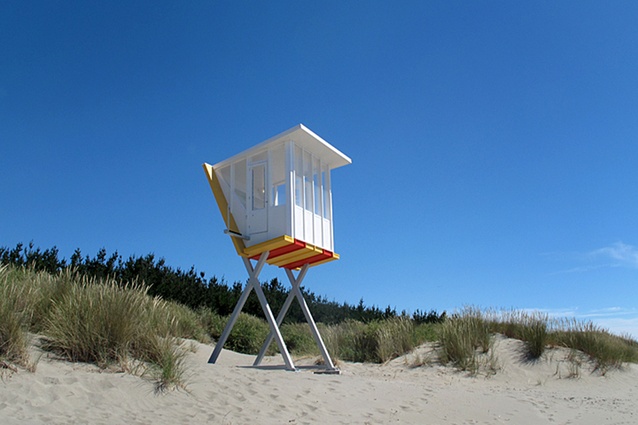New surf life saving club at Taylors Mistake
Wilson and Hill Architects’ new surf life saving club at Taylors Mistake blends seamlessly into its natural surroundings.
Te Onepoto Taylors Mistake, situated south-east of Christchurch between Sumner and Lyttelton, is well known for its historic baches, many of which have been recognised as heritage assets by either Heritage NZ or by the Christchurch City Council under the RMA.
In 1916, the Taylors Mistake Surf Lifesaving Club (TMSLSC) was formed by a number of these bach owners and today, bach owners still form the backbone of the Club’s membership. The original club building, built on the site 105 years ago, was destroyed by fire and its replacement was damaged beyond repair by the Canterbury earthquakes.
In 2015, Past President and Club Captain David Hill, of Christchurch-based Wilson and Hill Architects, was called upon to design the new Club, with assistance from fellow club life member and architect Malcolm McClurg. Having had a family bach at Taylors Mistake for the past 52 years, Hill has a long association with both the bay and the club, and he had previously designed the lifeguard tower at Woodend Beach (2010) and the Sumner SLSC (2017).
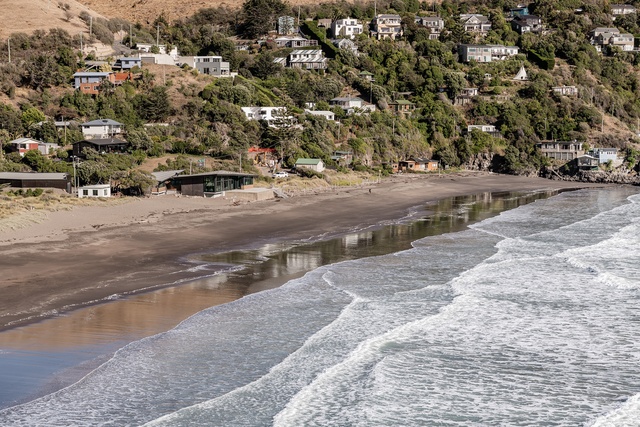
The brief was to deliver buildings with a combined floor area of 500m2 at a cost of approximately $3 million, which was funded through a combination of insurance payout, grants from various organisations, donations from past and present members and a New Zealand government Shovel Ready Project Initiative grant.
“The project required resource consents from both the Christchurch City Council and ECAN,” explains Hill. “The design process started in April 2015 and, following the resource consent application process and a lengthy process with Council to obtain both a lease and a license to occupy the land, construction started in December 2019.”
The existing concrete apron (seawall) from the previous building was retained, its earthquake damage repaired, and the new building built behind it, where the previous building was sited. “Sea level rise and coastal erosion had to be taken into account in the design,” says Hill. “Following receipt of the coastal erosion report, the floor level of the pavilion building was set up at the same height as the concrete apron – approximately 1.3m above the site level.”
With almost one-third of the building’s floor area required for gear storage, Hill says one of the key design decisions was to cut down the bulk of the building by creating two new buildings: the main pavilion building on the seafront and the gear shed behind it. The gear shed has been partially buried in the dunes to limit its bulk.
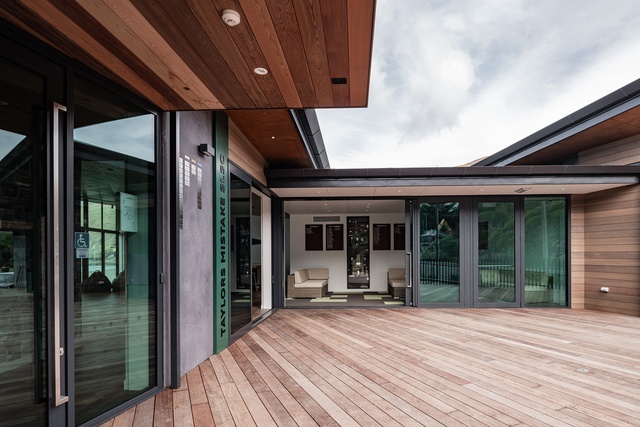
“We recognised early on that the roof form was important when viewed from above,” says Hill. “The forms create the image of a rock outcrop when viewed from the hill, acknowledging the outcrops at either end and in the centre of the bay.”
With building maintenance not necessarily high on the priority list for volunteer organisations such as TMSLSC and with the site being so close to the surf, criteria for the selection of exterior materials were durability and low through-life maintenance. At the same time, exterior colours were carefully selected to fit in with the naturally occurring colours in the bay, with the roof closely matching the sand, cedar weatherboards reflecting the driftwood and native dune grasses, and the charcoal-oxide concrete panels referencing the sand and volcanic rock outcrops in the bay.
The new club buildings were blessed on 23 January and formally opened on 7 February.

